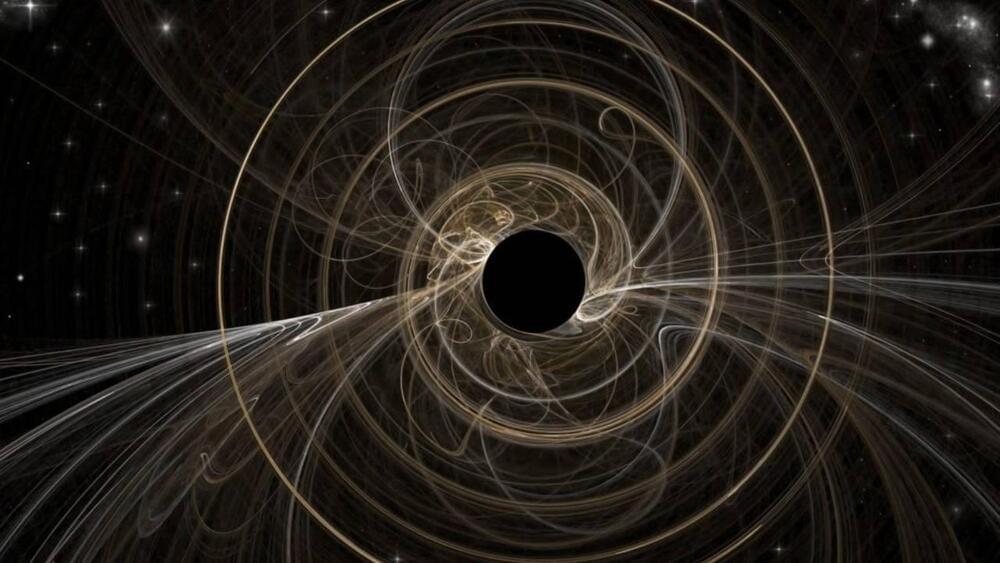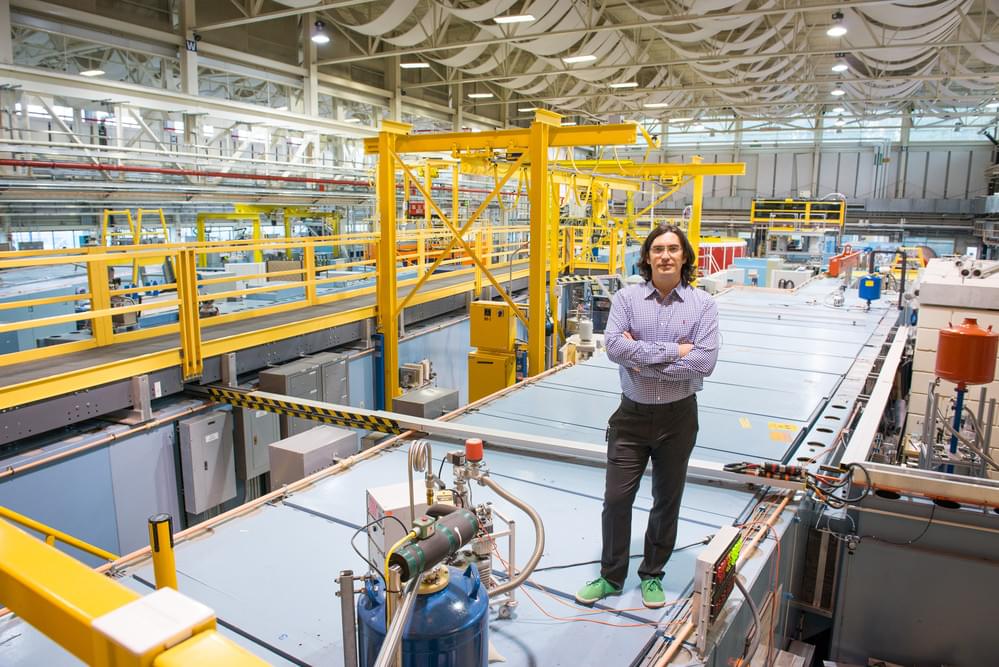The British James Dyson Foundation presented the first Sustainability Award to Carvey Ehren Maigue, an electrical engineering student in the Philippines. He was awarded for creating new material from recycled crop waste that has the ability to transform ultraviolet (UV) rays from the sun into electrical energy. The technology could soon be turning the windows and walls of buildings into a rich new source of electricity.
The invention of the Filipino university student is called AuREUS (Aurora Renewable Energy and UV Sequestration). Both AuREUS devices (Borealis Solar Window and Astralis Solar Wall) use the same technology used in the beautiful Northern and Southern lights. High energy particles are absorbed by luminescent particles that re-emit them as visible light. A similar type of luminescent particles (derivable from certain fruits and vegetables) were suspended in a resin substrate and is used as the core technology on both devices.
When hit by UV light, the particles absorb and re-emit visible light along the edges due to internal reflectance. PV cells are placed along the edges to capture the visible light emitted. The captured visible light is then converted to DC electricity. Regulating circuits will process the voltage output to allow battery charging, storage, or direct utilization of electricity.






